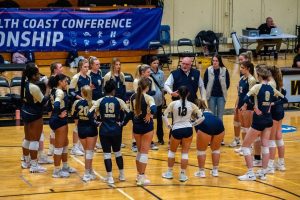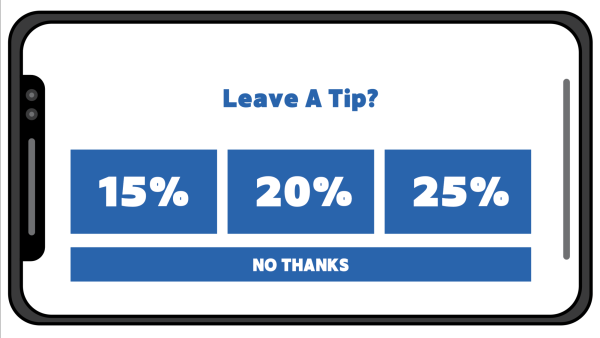Common Core does not solve America’s education problems
April 2, 2014
When you are in high school, everything but academics seems to matter the most. Sports, gossip, and drama are all things that take precedent in the mind of a young student.
More often than not, students do not take full advantage of the opportunities given to them by both state funded schools and private schools. Growing up in South Carolina, I attended just about every type of high school imaginable. In five years I went to four different schools.
The schools I attended were often at complete opposite ends of the academic spectrum: a small private school located in rural South Carolina, a prestigious boarding school nested in the Blue Ridge Mountains of North Carolina, a failing public school also in rural South Carolina, and finally a large public school in on the outskirts of Charleston, South Carolina. By no means do I consider myself an expert of education, but my varying experiences do give me an insight that most do not have.
I can safely assume that the majority of students at Suffolk did not grow up in the South. I can assure you that if you thought public schools in the North were bad, you cannot fathom the degree of failure most public schools in the South allow. The system is broken, and it needs to be fixed.
South Carolina has historically been ranked as a state with a bottom-tier public school system. The problem that faces current public schools is not confined to a geographic region of America. The problem is widespread, almost like a virus. The United States has been steadily declining in global academic rankings over past years.
According to Daniel Arkin at NBC News, “The numbers are even more sobering when compared among only the 34 OECD countries. The United States ranked no. 26 in math—trailing nations such as Slovakia, Portugal and Russia. What’s more, American high school students dropped to no. 21 in science (from no. 17 in 2009) and slipped to no. 17 in reading (from no. 14 in 2009), according to results.”
The OECD, or Organization for Economic Cooperation and Development, is a group consisting of 34 countries. To be ranked no. 26 and no. 21 in math and science, respectively, is nothing short of an embarrassment.
America at one point was the global leader in education, which begs the question, “How do we restructure the current education system, so that we may again lead the world in education?” The Obama Administration’s answer to this question is Common Core.
According to its, “The Common Core is a set of high-quality academic standards in mathematics and English language arts/literacy (ELA).” The hope of the new federal academic standards is to raise overall academic proficiency, and to raise the proverbial bar in standards.
Some 45 states originally agreed to the new standards in 2009, but more recently, Indiana has officially opted out of the program. Why? There are a myriad of reasons as to why Indiana has opted out of program: poor communication between state and federal bodies, the ever growing question of security, because Common Core would allow third parties to access certain information about students, and a disagreement between federal standards and state standards.
The academic standards that Indiana has set in motion follow quite closely with Common Core. The only difference between the two is Indiana wants a more vigorous set of standards.
In the end, I believe that Common Core program just is not enough. In order to fix this problem, we cannot simply throw money at it (which is what this Common Core bill seems to propose). Having seen the worst of the worst as far as public schools go, I applaud Indiana. If the state of Indiana wants to set a higher standard for education, and not simply do the bare-minimum in terms of standards, that is a good thing.
Every state should strive to constantly raise the bar, with the hopes that one day we as a country may be able to sit atop the global education rankings. With a more educated workforce comes more innovation and a larger middle class. And is that not what America wants? More innovation, more jobs, larger middle class, and a populous that is thoroughly educated.
















